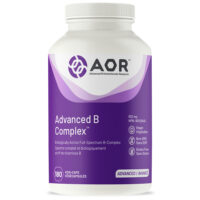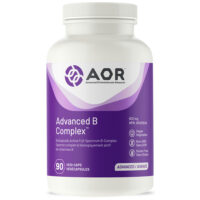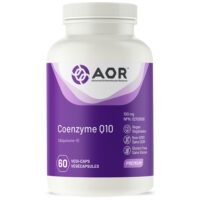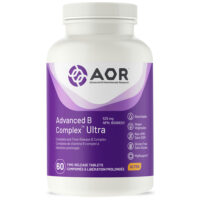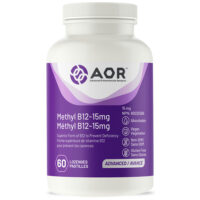pH levels are a mystery to many of us. We study them in high school chemistry class, and then we often forget about them completely. But studies have shown that proper pH is essential to good health.
pH stands for “potential for hydrogen”. A pH level refers to the acidity or alkalinity of a substance. A pH of 0-6.9 is acidic, and a pH of 7-14 is alkaline. The optimal pH of the human body is between 7.35 and 7.45, or an average of 7.4. If our pH is too low or too high, it can result in cell damage.
Acidosis
When a person’s pH level falls below 7.35, he is said to have a condition called acidosis. The two types of acidosis are respiratory and metabolic.
Respiratory acidosis occurs as a result of having too much carbon dioxide in the blood because of breathing problems. This often happens in cases of head injuries, brain tumors, and chronic illnesses such as bronchitis, asthma and pneumonia.
Metabolic acidosis is commonly associated with an inability of the kidneys to excrete acid. But it can also occur when there is an increase in the production or accumulation of acids in bodily systems. A well-known form of metabolic acidosis is diabetic ketoacidosis.
In both types of acidosis, the body attempts to compensate for the overabundance of acid. This is accomplished either by adjusting breathing rates to eliminate more carbon dioxide, or by retaining bicarbonate.
Alkalosis
pH levels above 7.45 are known as a condition called alkalosis. As with acidosis, the cause can be respiratory or metabolic.
Respiratory alkalosis is caused by hyperventilation, which causes the body to lose too much carbon dioxide. Metabolic alkalosis can occur when a person has prolonged vomiting or dehydration.
The body attempts to compensate for alkalosis by doing the opposite of what it would do in the case of acidosis: It adjusts breathing rates to retain more carbon dioxide or eliminates bicarbonate.
What to Do About Improper pH
The body’s efforts to balance these conditions balance the overall pH, but they often result in too much acid or alkali in one part of the body and not enough in another. For this reason, it is important to try to avoid these conditions as much as possible. This can be accomplished by eating foods that increase or decrease our bodies’ pH levels.
Your doctor can perform blood pH tests, but it is also possible to test your pH at home. You can get pH Hydrion test paper at your local pharmacy. It comes in a small roll, and can be used to test your saliva or urine. These tests are not as accurate as those obtained from your doctor, because saliva is usually more acidic than blood and urine pH varies throughout the day. But the test can give you a general idea of where your pH stands.


